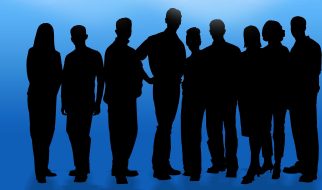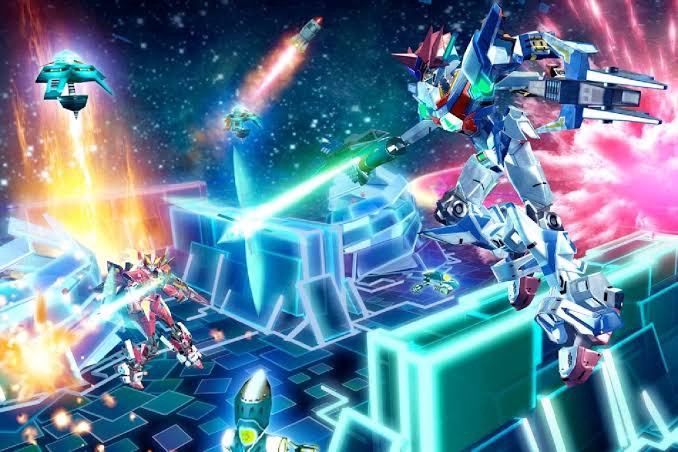 Promotion picture for Custom Robo (GC).
Promotion picture for Custom Robo (GC).
During the Nintendo 64?s life cycle, Nintendo was struggling for third-party support, an issue that?d prove recurrent on their next consoles. In an atempt to increase the third-party presence on the platform, Nintendo and Recruit (the latter being a human resources company, focusing on employment), founded a joint-venture company called Marigul Management (?Mari? comes from Mario, and ?gul? comes from Seegul, both companies? mascots). The idea behind the new company was to fund new studios to develop games for the Nintendo 64.
 The NOISE logo.
The NOISE logo.
In that sense, many companies which are currently active and developing for Nintendo were born, like Vanpool. The one we?ll talk about here is NOISE, the studio behind the Custom Robo series. Their first game was the original Custom Robo, released for the Nintendo 64 in 1999 in Japan and the iQue Player, a special version of the N64, made exclusively for China, in 2006. Before starting the development of the game, NOISE faced a dire challenge: Nintendo?s President at the time, Hiroshi Yamauchi. Yamauchi thought the culture that surrounded RPGs at the time (mainly, the otaku culture) was not healthy for Nintendo as company, provided that they were a company aiming a more family friendly approach on their products. But, Shigeru Miyamoto liked the robot building and customizing idea so much, that Nintendo gave the greenlight for development to start, finally convincing Yamauchi.
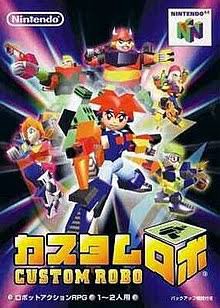
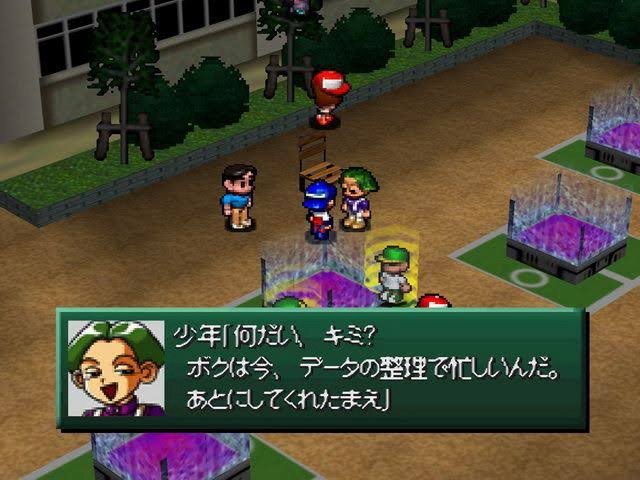 Custom Robo japanese cover & screenshot.
Custom Robo japanese cover & screenshot.
Regardless of its early hardships, NOISES? debut game was met with great sales and critical reception, starting with 35.500+ domestic sales. The innovative robot building mechanics, together with the 3D arena fighting gameplay in an era that 3D graphics were on the rise, made the perfect combination. With this aside, the fact that the Nintendo 64 had almost no RPGs at the time was a positive selling point for Custom Robo, because the RPG market wasn?t nearly as explored as it could?ve been on Nintendo?s 64 bits console, so there was no one to compete with. As you may know, the game never made it to the west, mainly because of it being too ?japanese?, and also about the robot building culture not being so proeminent in ?99 in the Americas and Europe.
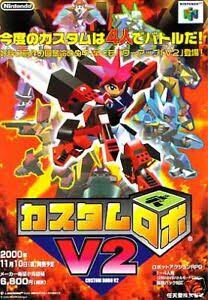 Custom Robo V2 japanese cover.
Custom Robo V2 japanese cover.
Following their first success, NOISE quickly became a contracted developer for Nintendo (a second-party, in other words), and they surely started developing Custom Robo?s sequel, Custom Robo V2, as soon as they could. Released in 2000 for the N64, only a year after the first game, the most exciting thing added in this sequel was tag-team mode for up to 4 players. Other than that, it followed the same premises of the first game. Because of the Nintendo 64 being known by its multiplayer games, the 4-player mode was well received by japanese audiences, making the game top the original?s sales, with 62.500+ copies in its debut week.
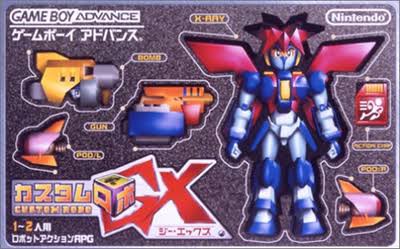
 Custom Robo GX cover & screenshot.
Custom Robo GX cover & screenshot.
In the next year, Nintendo?s brand new portable console, the GameBoy Advance, was released. NOISE soon started developing the next installment in the Custom Robo series for the GBA, that?d be released in 2002. Custom Robo GX was the name of the series? adaptation for a portable console, now with 2D battles and other changes made to fit into the GBA?s smaller screen and lower processing power, such as removing the character from the overworld map and the individual areas. Now, the player had to navigate the world map with a cursor, similar to those of the Megami Tensei games, and select which specific area of a location you?d like to visit in a menu. This was the first game in the series that Nintendo had localization plans for, but, for an unknown reason, it was never completed.
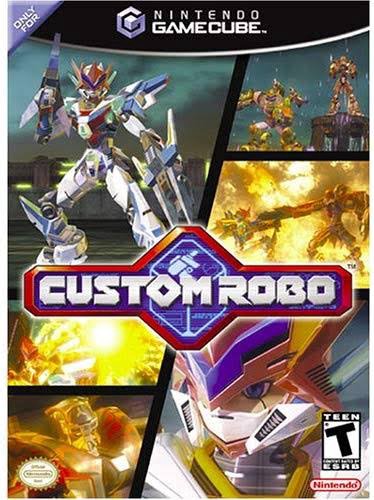 Custom Robo (GC) american cover.
Custom Robo (GC) american cover.
Two years later, in 2004, the most famous release in the series, Custom Robo: Battle Revolution, or only Custom Robo in the west, made its way to the GameCube. Back with the explorable overworld, new characters and robot parts, the game didn?t bring many new ideas to the table, mostly improving of what was previously done in the series. Saleswise, it was well received worlwide, achieving 400.000+ copies sold globally, with mixed reviews both in America and in Japan. With great sales, the series was finally establishing its foot in the west.At the same time, a sequel to the GBA game, named Custom Robo GX 2, was being developed by NOISE aiming for a late 2005 release, at the end of the GBA?s life cycle. But, because of Nintendo?s newest portable console at the time, the Nintendo DS, already being a reality, the game was cancelled in favor of developing a DS game in the series.
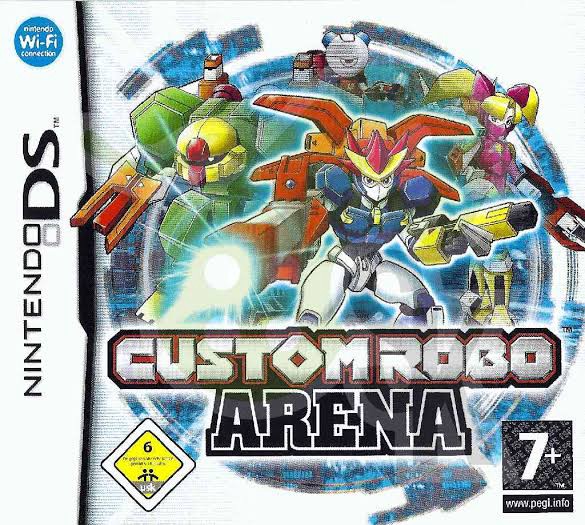
 Custom Robo Arena european cover & screenshot.
Custom Robo Arena european cover & screenshot.
So, in 2006, a year after the original plans, Gekito! Custom Robo or simply Custom Robo Arena as it would be called in the west, was released. Back to 2D sprites, much like the Nintendo 64 games, Arena made use of the Wi-Fi Features the Nintendo DS provided, making two-player online versus matches available, together with voice chat and other user interactions. A friendlier and lighthearted tone was presented in the game, especially in its character designs, making the DS the perfect system for Custom Robo to become a massive hit. Because of the good reception of the console and its popularity with younger audiences, something that the Pokmon series took to its advantage throughout Nintendo?s portable gaming history, that was the time for Custom Robo to really kickoff for good. Although it did well in Japan, with 120.000+ sales, the international versions bombed hard, selling only 10k and 20k in America and Europe, respectively. With Nintendo aiming more than ever a casual and broader audience ( especially with the Wii coming soon), Custom Robo wasn?t fit for the new approach. Therefore, Custom Robo Arena would be the last game released in the series since today.
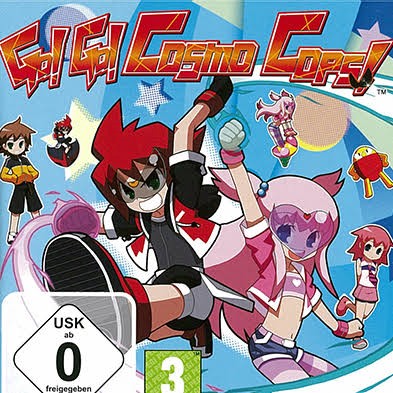
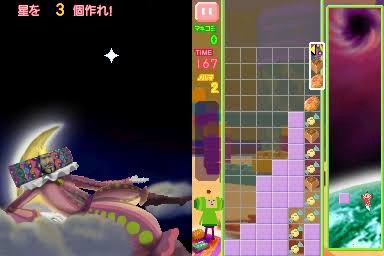 Go! Go! Cosmo Cops european cover and a Korogashi Puzzle Katamari Damacy screenshot.
Go! Go! Cosmo Cops european cover and a Korogashi Puzzle Katamari Damacy screenshot.
The end of the Custom Robo series would start an age of decay for NOISE as a whole. With Nintendo showing that Custom Robo didn?t have a place on its new consoles, NOISE didn?t renew their second party development contract with them. Looking for a new publisher for their games, Bandai Namco Games showed some interest in the studio, and funded a platform game for the Nintendo DS, called Go! Go! Cosmo Cops. This game was released only in Europe, with its almost complete japanese release being cancelled. As a consolation, Bandai Namco funded another game for the studio, a DSiWare puzzle spin-off of the Katamari series, called Korogashi Puzzle Katamari Damacy, a falling blocks puzzle game, much like Tetris. With these small projects and poor sales, Bandai Namco lost the interest in working with NOISE, making the company?s situation even more complicated.Because of that, NOISE?s staff was decreasing day after day. Their bad situation was being aggravated, and they desperately needed a new publisher to fund their next game. So? they got one. Square Enix.
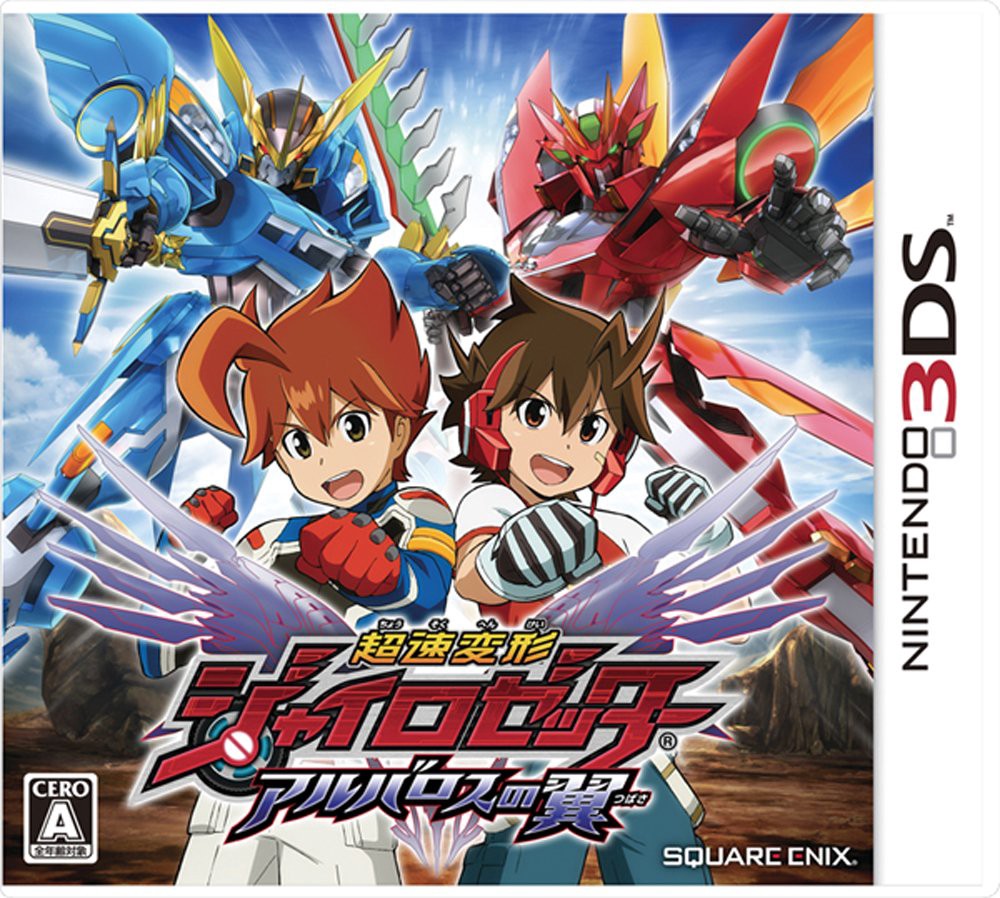
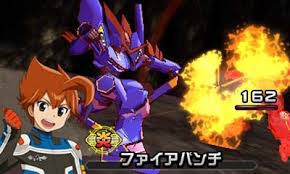 Chousoku Henkei Gyrozetter: Albatross no Tsubasa japanese cover & screenshot.
Chousoku Henkei Gyrozetter: Albatross no Tsubasa japanese cover & screenshot.
In 2012, Square Enix was planning to launch a new cross media project, with a manga published by Shueisha in Saikyo Jump (a manga magazine that focuses on children), a TV anime made by A-1 Pictures and? a game, developed by NOISE. Its name? Chousoku Henkei Gyrozetter. Basically, cars that turn into giant robots (this says a lot about why NOISE was chosen) and its pilots have to face an evil organization. Chousoku Henkei Gyrozetter: Albatross no Tsubasa launched for the Nintendo 3DS in 2012, utilizing a 3×3 turn-based RPG battle system, featuring the special attacks, abilites and, of course, the giant robots featured in the other series? material. Well, the franchise as a whole wasn?t successful, with the anime ending only after 51 episodes, a regular cour in children?s shows for japanese television, and the game receiving bad sales and reviews.
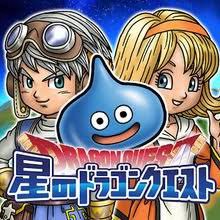 Hoshi no Dragon Quest artwork.
Hoshi no Dragon Quest artwork.
With yet another failure, NOISE?s journey was coming to a narrow path. The latest ?project? of the studio is Hoshi no Dragon Quest, a spin-off of the Dragon Quest series released for mobile phones (that will receive an international version next year!). But, the tiny team?s role on the development of the game is just of background assistance. Nowadays, NOISE is falling apart, with only 25 employees as of 2016, which probably is even less currently. Getting no original projects in their hands, NOISE is only a shadow of its former glorious self. Will we see new projects of the company or even a revival of the Custom Robo series in the future? Only time can tell.
